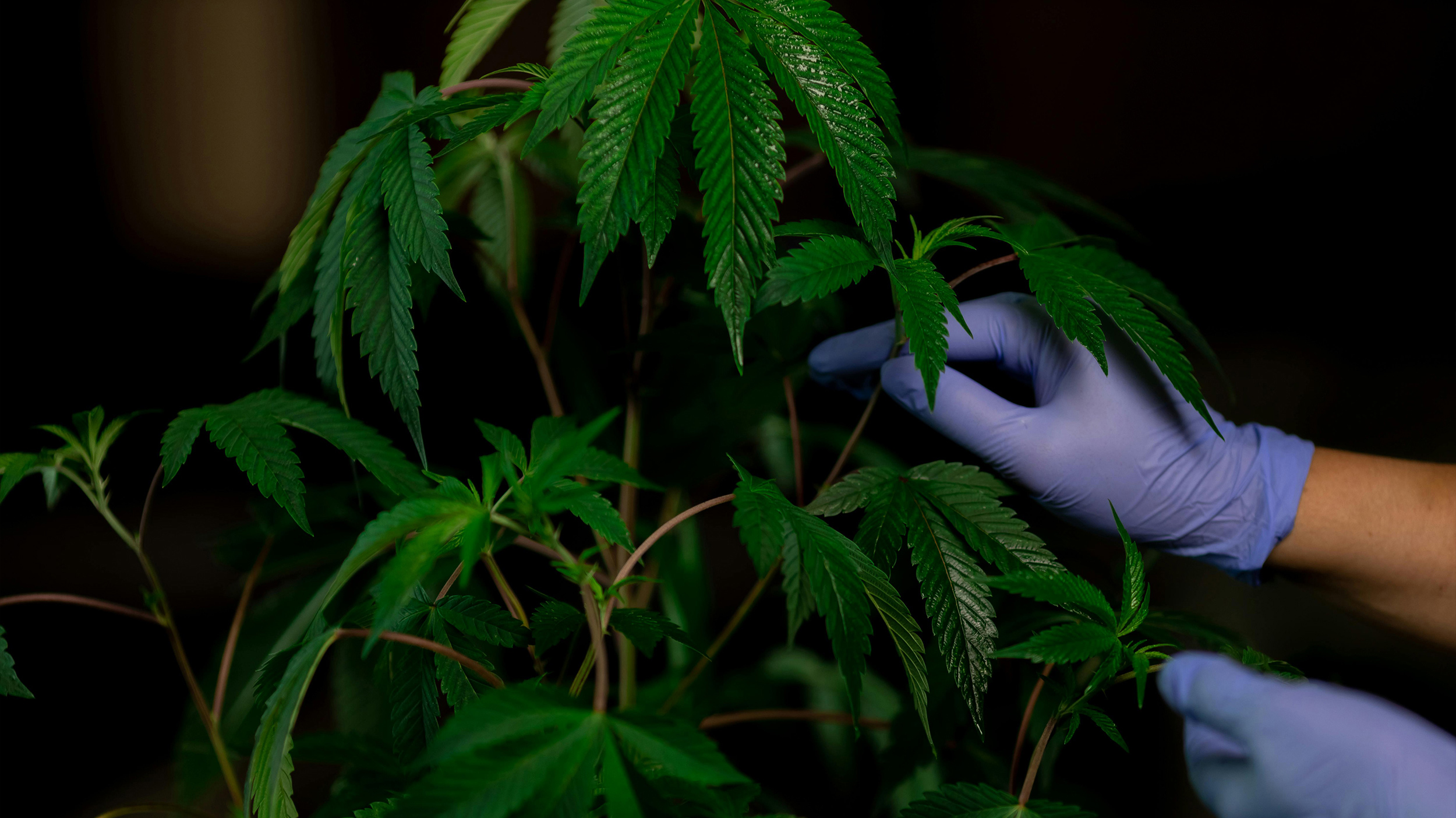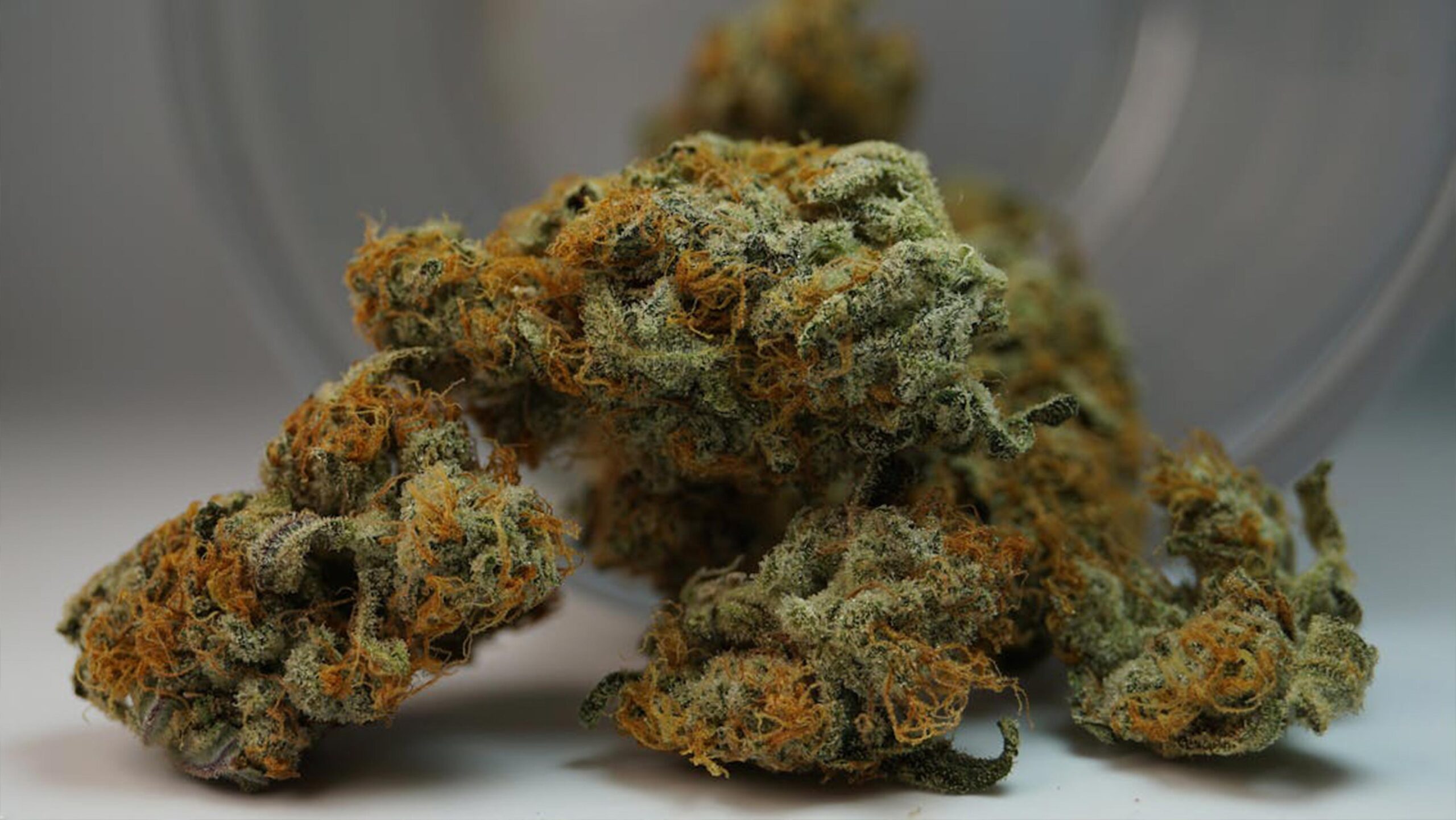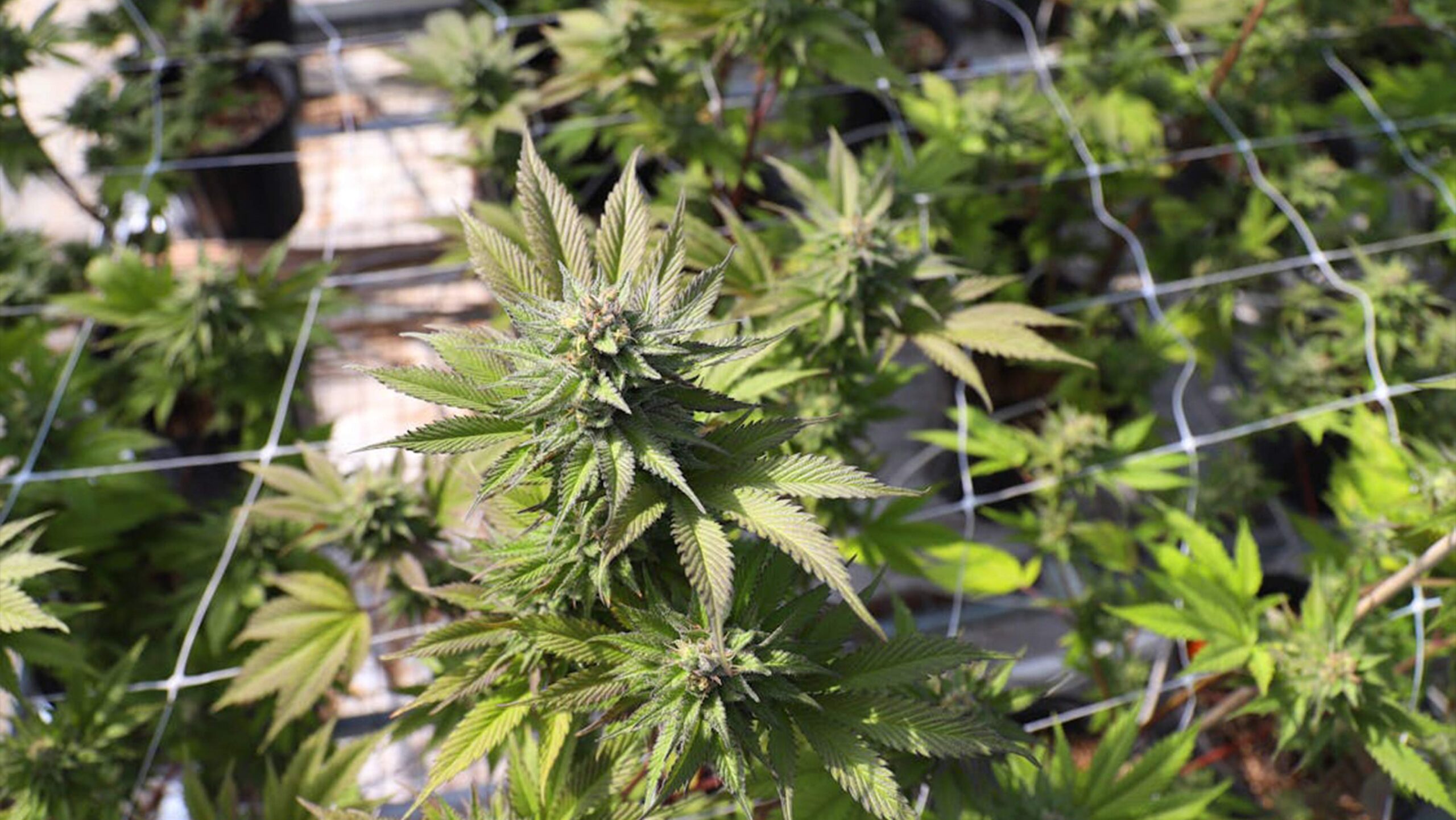
No, Medical Cannabis isn’t for stoners — let’s talk science
No, Medical Cannabis isn’t for stoners — let’s talk science
Cannabis has long been wrapped in stereotypes. For decades, it’s been associated with ‘stoners’ looking to get high. But the reality of medical cannabis is far from these outdated perceptions. At CB1 Medical, we’re committed to dispelling myths and focusing on the science behind cannabis and its therapeutic potential.
Let’s talk about the real reason medical cannabis is being prescribed across the UK today: it’s not about a ‘high’, it’s about healing.
Contents
Recreational vs Medical: A World Apart
While the recreational use of cannabis is well known, the landscape of medical cannabis is far different. Let’s break it down:
- Recreational Cannabis: The primary goal here is to achieve the psychoactive effects of THC, which can make you feel euphoric, relaxed, or even sleepy. It’s often purchased illegally and can vary wildly in potency, making it difficult to know what you’re consuming.
- Medical Cannabis: This is cannabis prescribed by a licensed doctor to treat specific medical conditions. Medical cannabis is rigorously tested and manufactured under strict regulations to ensure consistent potency and purity. In the UK, medical cannabis products are produced to the highest standards of quality control. This ensures that you’re getting safe, effective medicine tailored to your unique needs.
The key difference? Medical cannabis is not about getting high — it’s about using the plant’s therapeutic properties to manage symptoms and improve quality of life.

The Role of Terpenes in Cannabis: More Than Just a Scent
You’ve probably heard about THC and CBD, the two most commonly known cannabinoids in cannabis. But what about terpenes? These aromatic compounds are found in many plants, including cannabis, and play a significant role in how you experience the plant’s effects.
Terpenes don’t just make cannabis smell good; they interact with cannabinoids to create the “entourage effect.” This term refers to how different cannabis compounds work together to produce a unique therapeutic experience. So when you hear patients talk about finding the right strain, they’re likely referring to how the terpenes interact with the cannabinoids.
Common terpenes in cannabis include:
- Myrcene: Found in both cannabis and hops, it’s known for its sedative effects and can help with sleep and relaxation.
- Limonene: Known for its uplifting and mood-boosting properties, it’s commonly found in citrus fruits.
- Linalool: A lavender-scented terpene with calming, anti-anxiety properties.
Patients in the UK are increasingly searching for terms like terpenes UK or cannabis-derived terpenes to understand how these compounds influence their experience with medical cannabis.
Sativa, Indica, and Hybrids: What’s the Real Difference?
If you’ve done any research on cannabis, you’ve likely come across the terms sativa, indica, and hybrids. These categories are often used to describe different cannabis strains and their effects.
Here’s a breakdown:
- Sativa strains are known for their energising effects. They’re often chosen by those seeking relief from depression, fatigue, or anxiety. Sativa strains are typically associated with a more cerebral, uplifting experience.
- Indica strains are known for their relaxing and sedative effects. They’re often used to help with sleep disorders, pain management, and anxiety. Indicas tend to have higher levels of CBD, making them more calming.
- Hybrid strains are a combination of sativa and indica, designed to give users the benefits of both worlds. These can be tailored to suit specific needs, offering a more balanced experience.
But beyond just THC levels, these effects are largely influenced by the terpene profile of each strain. For example, a sativa strain with high levels of limonene might uplift your mood, while an indica with myrcene could help you relax and unwind.
In short, it’s not just about the THC content. Sativa vs indica vs hybrid effects are driven by a combination of cannabinoids and terpenes, which is why personalised, doctor-guided prescriptions are key to finding the right treatment.
The Science Behind Medical Cannabis: The Endocannabinoid System
One of the biggest reasons why medical cannabis works is the endocannabinoid system (ECS) – a system of receptors and chemicals that’s naturally found in the human body. Your ECS is responsible for regulating various functions like mood, appetite, and pain. It produces its own cannabinoids – called endocannabinoids – which help maintain balance (homeostasis) in the body.
Cannabis interacts with the ECS through cannabinoids like THC and CBD. When you consume medical cannabis, these compounds bind to cannabinoid receptors in your brain and immune system, helping to regulate symptoms such as pain, anxiety, and inflammation.
The ECS is involved in numerous physiological processes, which is why medical cannabis has a wide range of potential therapeutic applications – from pain relief to mood regulation.

Why Medical Cannabis Works: Science, Not Stigma
It’s important to note that medical cannabis is not the same as recreational cannabis. The primary difference lies in the intention behind its use. Medical cannabis is prescribed to alleviate symptoms of medical conditions, not for recreational purposes. And the products you receive are regulated for consistency and safety.
Unlike street cannabis, which can be inconsistent and sometimes harmful, medical cannabis is carefully tested to ensure it’s safe and effective for patients. In the UK, prescriptions are only given after a thorough assessment by a doctor who is trained to understand the risks and benefits of cannabis treatment.
Take the Next Step with CB1 Medical
The world of medical cannabis can be confusing, but you don’t have to navigate it alone. At CB1 Medical, we’re here to provide clear, reliable information about medical cannabis and help you explore treatment options that might be right for you.
Use our Eligibility Checker to find out if you qualify for medical cannabis treatment.